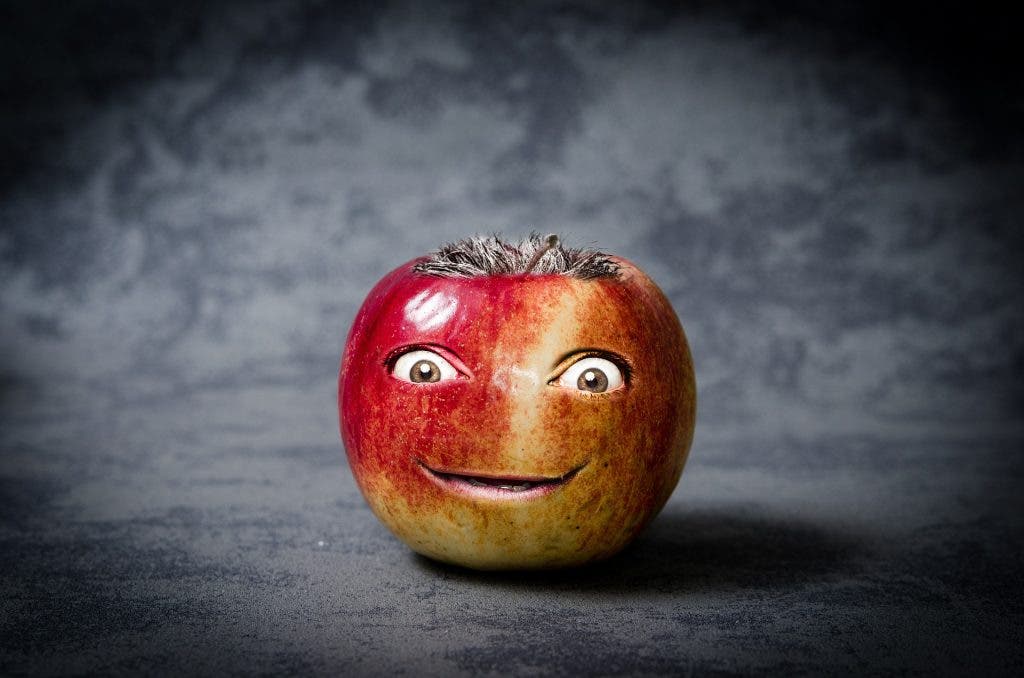Obesity rates have increased virtually everywhere in the world, especially in the developed world. Some 160 million Americans are obese or overweight. Over 70 percent of all men and 60 percent of all women from the US are overweight, and it seems like the next generation will have similar problems: nearly 30% of boys and girls under age 20 are either obese or overweight, up from 19% in 1980. When talking strictly about obesity, one-third of American men (32%) and women (34%) were obese in 2013 compared with about 4% of Chinese and Indian adults. Being obese puts you at risk of developing a myriad of conditions from heart disease and stroke, to diabetes, to some cancers, to osteoarthritis. Yet, for all the hazards that being overweight causes most people would rather lose weight to appear more attractive, than be more healthy. The two are interlinked, as we shall see. But that’s better than not having any reason at all to lose weight, and now a new study quantified just how much weight men and women need to lose for this to show and make them look more attractive. Some might find the findings useful.
Increased facial adiposity is associated with a compromised immune system, poor cardiovascular function, frequent respiratory infections, and mortality.
Previously, other studies showed that facial adiposity, or the perception of weight in the face, significantly predicts perceived health and attractiveness. Overweight people have high facial adiposity and are perceived to be less attractive and lower in leadership ability.
To see just how subtle changes in facial adiposity need to be for people to notice, researchers from the University of Toronto, Canada presented a series photos to volunteers that were digitally doctored to make the people in photos appear more or less overweight than in reality. Participants looked at randomly selected pairs of images and were asked to choose the heavier one.
Researchers found that a change in BMI (body mass index — defined as the body mass divided by the square of the body height) of 1.33 kg/m2 is required for someone to notice a difference between doctored photos. Then, the team assessed just how much weight an individual needed to lose to not only make an observer notice, but appear more attractive as well. For men, it was around 8.2kg or around 18 pounds. For women, the difference was 6.3kg or about 14 pounds.
“We calculated the weight change thresholds in terms of BMI rather than simple kilograms or pounds, so that people of all weights and heights can apply it to themselves according to their individual stature,” said Daniel Re, study co-author.
Even adjusting for height, proportionally women need to lose less weight than men to appear more attractive, according to the paper published in the journal Social Psychological & Personality Science.
Header image via Pixabay.



